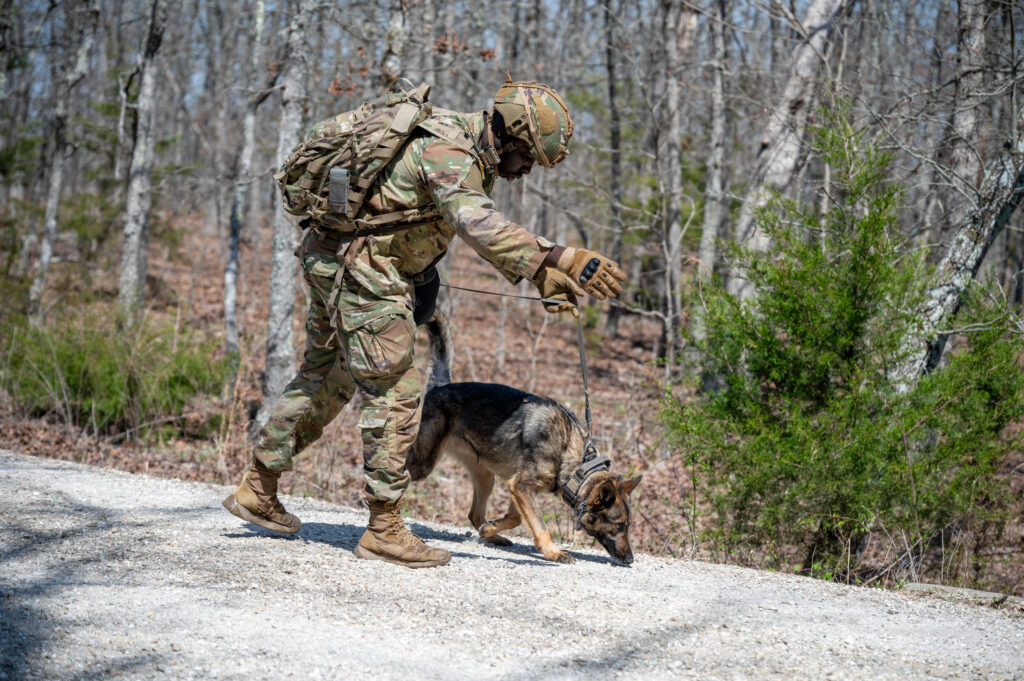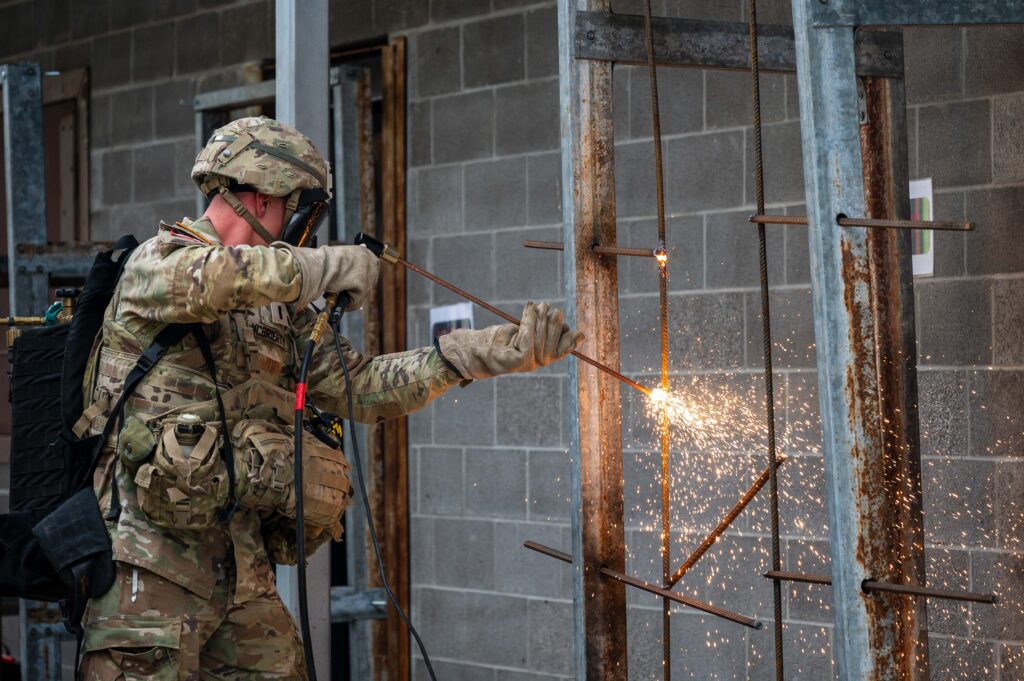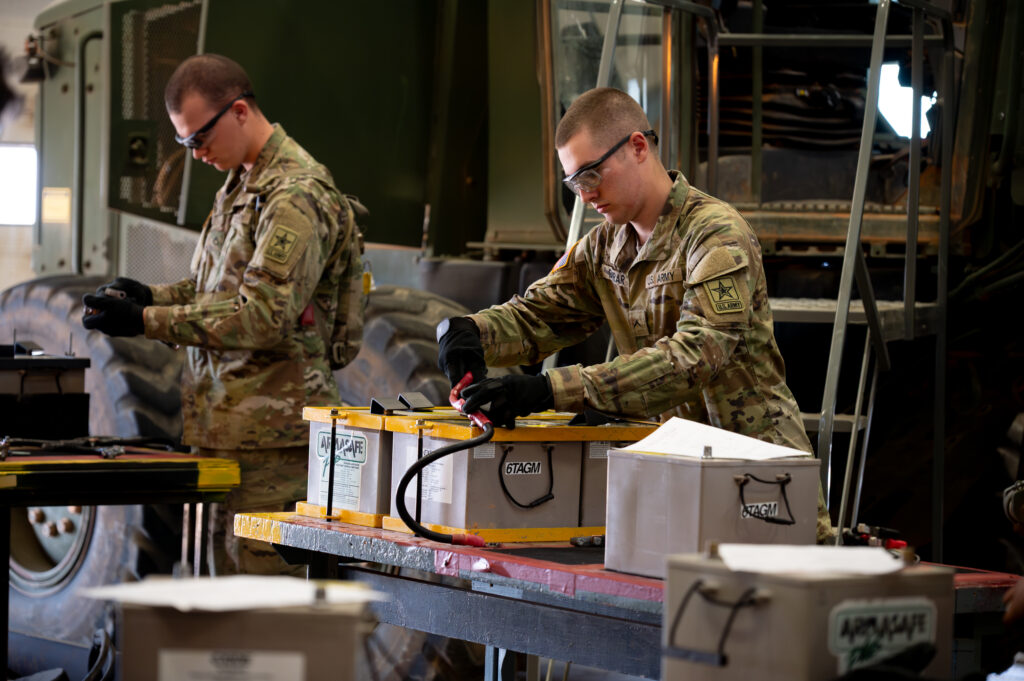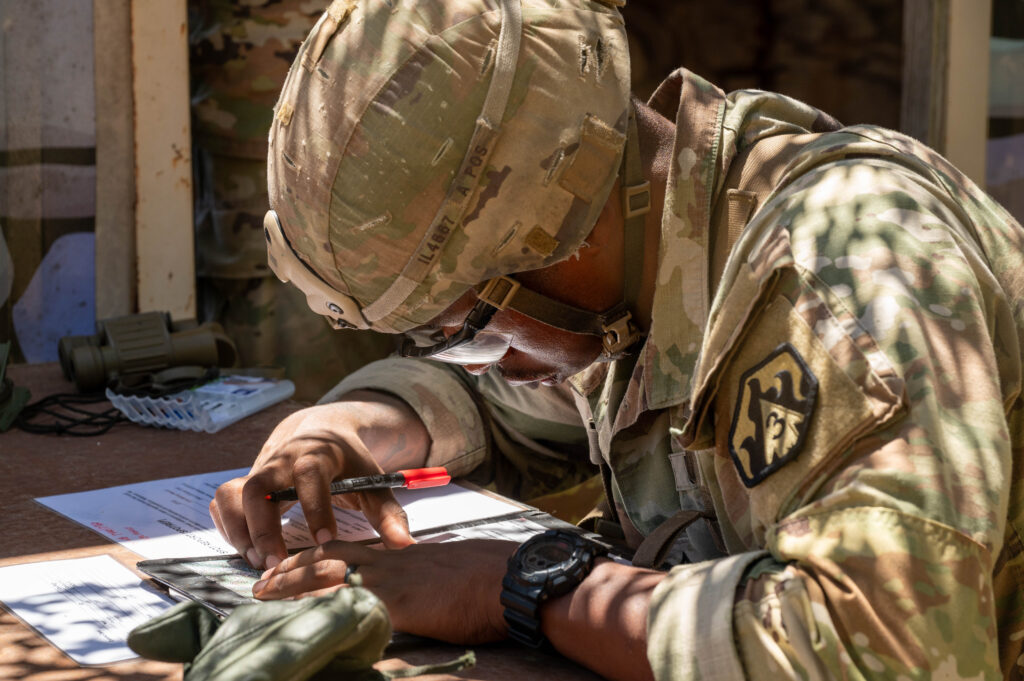What is it?
Violent extremism poses a threat to the Army, both within the homeland and military operations overseas. Acts of violent extremism undermine the rule of law and the protection of human and civil rights.
The threat is not limited to a single political, religious, or ideological background. A wide variety of violent extremism movements pose a threat, for example: white supremacists, eco-terrorists, antigovernment, or radical separatist groups. Regardless of its motivation, violent extremism can have devastating effects on civilian and military communities alike (as evidenced by the attacks at Fort Hood and Washington Navy Yard, among others).
Some radicalized individuals become active members in groups and take action within their affiliated group’s purview. Others, (often referred to as “lone wolves”) don’t have direct connection with a group, but are inspired by a group’s rhetoric or group-sponsored violence.
What has the Army done?
All members of the Army community play an important role in preventing vulnerable individuals from entering a path to radicalization and violence. Education, promotion of awareness, and dialogue are important tools for prevention.
Advice and assistance from legal counsel, law enforcement, health service providers, and other community service providers can help complete a picture of a concerned individuals’ behavior or actions.
What is the Army doing?
The Army’s Antiterrorism Division continues to explore ways and means to inform and educate the community on the risks and preventive measures to counter violent extremism. The Office of the Provost Marshal General has planned quarterly themes and special events through the remainder of fiscal year 2018 (FY18) to raise awareness and educate the community:
- Antiterrorism Awareness Month (August 2017)
- Empowering Antiterrorism Coordinators (1Q/FY18 theme)
- Continual Evolving Threat (2Q/FY18 theme)
- Annual Antiterrorism Training Conference (Feb. 18, 2018)
- Leveraging the Combatting Terrorism Center (3Q/FY18 theme)
- Expanding Community Outreach (4Q/FY18 theme)
Why is this important to the Army?
With the rapid changes in online communications, violent ideologies and propaganda are now more accessible and difficult to identify and stop the extremists before they act. The threat of violent extremism is growing, as is the number of extremist attacks (since 2009) linked to the military. All members of the Army community need to understand the extremist threat and duly report any alarming activity or behavior for timely and appropriate intervention and action.
(Note: Information provided by the U.S. Army Office of the Provost Marshal General.)






